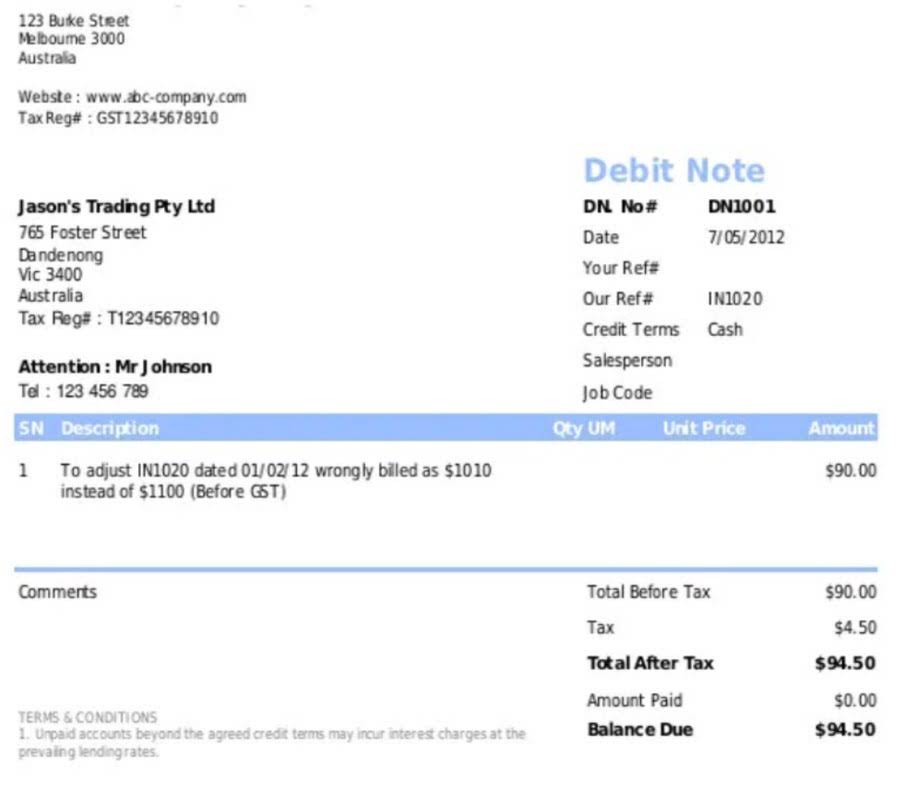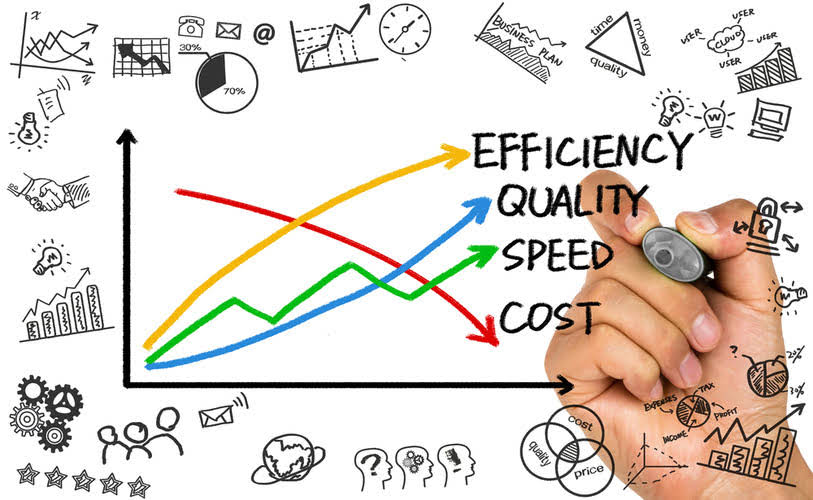
But, as a fiscal period ends, adjusting entries are needed for temporary accounts, not for permanent ones. Permanent accounts show a business’s financial story over time. They carry forward balances, reflecting the financial performance over years within the balance sheet. They play a big part in showing true financial health following accounting principles. Since dividend and withdrawal accounts are not income statement accounts, they do not typically use the income summary account. cash flow These accounts are closed directly to retained earnings by recording a credit to the dividend account and a debit to retained earnings.
Is the purchase account a permanent account?
This distinction ensures that temporary accounts reset, allowing for accurate reporting of financial performance over distinct timeframes. The source of information for closing entries primarily comes from the temporary accounts in the general ledger, which include revenues, expenses, and dividends. These accounts are closed at the end of an accounting period to reset their balances to zero for what do the balances of temporary accounts show? the next period. The balances are transferred to the retained earnings account in the equity section of the balance sheet.
- An important concept in accounting standards is the separation of financial periods.
- This shows a business’s net income, showing its financial state right now.
- If the company prepares temporary accounts for quarterly or monthly periods, it will transfer revenue and expense account balances accordingly.
- The primary purpose of temporary accounts is to provide useful information to different stakeholders.
What is the difference between temporary accounts and permanent accounts?

Temporary accounts are closed at the end of each accounting period and they begin with zero balances for the next period. Permanent accounts carry forward their ending balances to the next accounting period and do not get closed. Temporary and permanent accounts provide useful information to stakeholders and can be used to evaluate the performance of an entity over specified accounting periods.
- However, the impact of transactions on ledger balances varies between temporary and permanent accounts.
- By aggregating transactions related to revenue and expenses, these accounts provide a snapshot of a company’s operational efficiency.
- The purpose of closing entries is to transfer the balances oftemporary accounts to permanent accounts.
- The sum of all revenue accounts is moved to the income summary account at the end of each accounting cycle.
Why do expense accounts have debit balances?

A temporary account is an account that is closed at the end of every accounting period and starts a new period with a zero balance. The accounts are closed to prevent their balances from being mixed with the balances of the next accounting period. The objective is to show the profits that were generated and the accounting activity of individual periods. Looking at how temporary accounts are handled offers insights into a company’s financial flexibility. There’s no set rule for when to reset these accounts, so practices vary. This approach is vital for reliable financial reports every period.
- Each temporary account begins with a zero balance and the ending balance is transferred to the balance sheet.
- Their balances carry forward, showing cumulative financial activity.
- Both closing entries are acceptable and both result in the same outcome.
- These are moved to retained earnings, affecting the equity section of a balance sheet.
The Income Summary Account

Having a good understanding of these accounts helps a business succeed for a long time. Accounts payable automation and accounts receivable automation aim to make things smoother. They improve the invoicing process and financial reporting. Automated systems change how things are done for the better.
- These accounts are crucial for collecting revenue and expense data.
- Permanent accounts carry their balances over to the next periods.
- Nominal accounts are those that are found in the income statement, and withdrawals.
- This reflects the company’s net income or loss for the period in the equity section of the balance sheet.
- At this point, the balance of the capital account would be 7,260 (13,200 credit balance, plus 1,060 credited in the third closing entry, and minus 7,000 debited in the fourth entry).
The other main type of account is the permanent account, in which balances are retained on an ongoing basis. These accounts are aggregated into the balance sheet, and include transactions related How to Invoice as a Freelancer to assets, liabilities, and equity. Temporary accounts can be used to track the income and expenses generated during the accounting period. It can also help a business to compare the performance of a business against previous periods. As mentioned above, temporary accounts show zero ending balances at the end of each accounting period.
